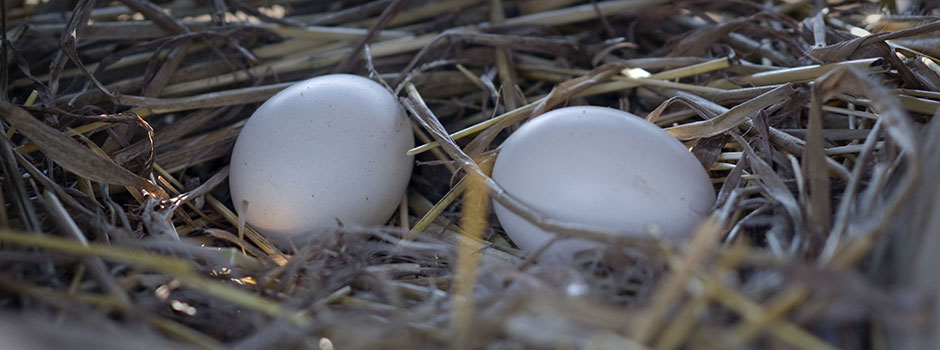- Multi-stakeholder meetings
- 13 MSP, Chiang Mai, Thailand, 30 Oct–3 Nov 2023
- 12th MSP, Dublin 3-7 October 2022 (Hybrid)
- 11th MSP online, 7-11 June 2021
- 10th MSP online, 14-18 September 2020
- 9th MSP, Kansas, 9-13 September 2019
- 8th MSP, Ulaanbataar, 11-15 June 2018
- Addis Ababa, 08-12 May 2017
- Panama, 20-23 June 2016
- Cali, 7-10 October 2014
- Ottawa, 15-17 October 2013
- Nairobi, 22-24 January 2013
- Phuket, 1-4 December 2011
- Brasilia, 17-21 May 2011
- Focus Area Workshop
- Webinars
- Others
Could a new law help nomadic herders in Mongolia?
This week's meeting in Mongolia of the Global Agenda for Sustainable Livestock is an opportunity for the world's livestock experts to learn about some of the country's experiences with sustainable pasture management. It is an opportune moment.
An old Mongolian proverb says that happiness lies in an empty field, and the country’s vast grasslands have sustained its nomadic heritage for centuries.
But when the open field is increasingly bare because of overgrazing, higher temperatures and droughts, it is little wonder that thousands of men, women and children move to the city every year.
A recent health assessment of Mongolia’s national rangelands, which makes up more than 80 percent of its territory, found 65 percent was degraded. Meanwhile, the number of livestock in Mongolia has reached record highs of more than 65 million.
Unless urgent measures are taken swiftly, Mongolia risks losing some 25 million hectares of grassland to desertification, putting national food safety and security at risk, and causing more herders to descend into poverty.
But all is not lost.
The same recent assessment also found that 90 percent of these degraded rangelands still maintain the natural capacity to regenerate themselves, if grazing pressure is reduced.
Nyam-Ochir Gankhuyag, executive director of the Mongolian National Federation of Pasture User Groups of herders argues that a rangeland protection law, which is currently progressing in Mongolia, offers the best chance to regulate the use of public and open access rangeland to support the recovery of both the precious steppe and its herders.







